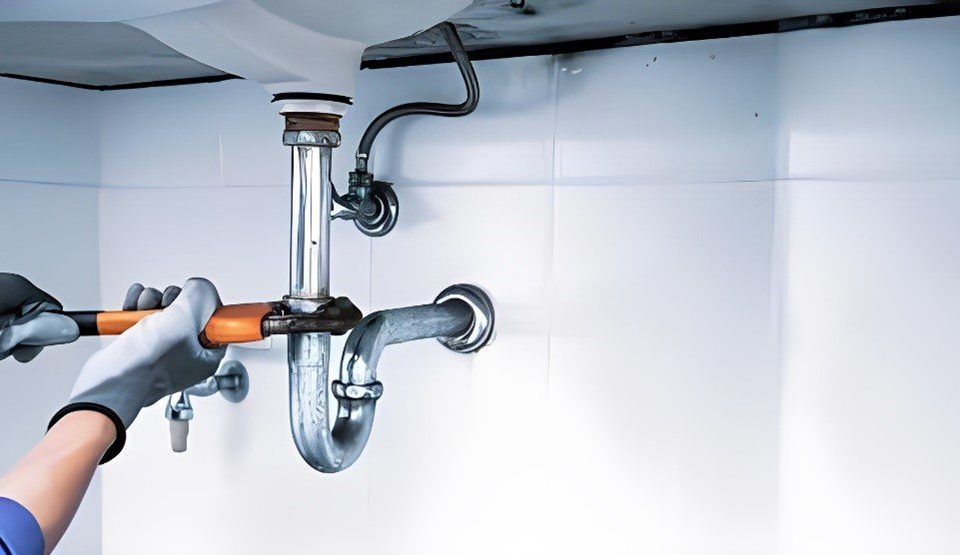9 Things That Can Cause a Flood in the Home
April 19, 20223 Home Improvement Projects That Will Increase Your Home’s Value
April 26, 2022Your home could be a potential risk for a water emergency. A water emergency means damage to property and monetary costs. Nationwide, water damage repair costs up to $20 billion annually.
A water damage emergency requires immediate attention. The longer you wait to act, the more severe the damage becomes. Save your structure, save money, and act fast.
A good idea is to have a proper action plan in place. Consider following these eight steps if you must face a water damage emergency.
1. Identify the Source
By finding the source of the water intrusion, you can prevent future damage by stopping the water flow. Carefully search the property for evidence of water leaking or entering.
Check the most common culprits:
- Water supply lines
- Compromised roof
- Plumbing malfunction
- AC unit fault
- Appliance leaks
Once you have determined the water source, carry out measures like shutting off the main water supply, placing tarps on a damaged roof, or employing sandbags to secure the perimeter of the area.
By quickly identifying and stopping the source, you will lessen the amount of water entering the property and mitigate the damage.
2. Alert Your Insurer
Contact your insurance company as soon as possible after sustaining water damage. They will be a vital asset in helping you navigate the next steps, and your agent will assist you in filing a claim.
When it comes to your insurance company, a part of your emergency plan should be:
- Having your policy information readily available
- Taking photos to document the damage
- Scheduling an appointment with your claims adjuster
Since they are the experts on your policy, communicating with your insurance provider is the best way to secure compensation for damages.
3. Salvage Valuables
There may be items on the property that you want to rescue. Electronic items are most susceptible to water damage, but sentimental or antique items may be a priority for you to retrieve.
Those items are important to you, but your safety must come first. If you plan to enter an area with standing water, be sure you first shut off the main electrical supply. It’s also a good idea to wear protective clothing like rubber boots and gloves.
4. Dry What You Can
You can begin the drying process yourself. If standing water is abundant, you can use buckets to remove it from the area. Make use of mops or a wet/dry vac as well.
If the water damage is in the area with rugs or furniture, it’s best to remove those items. Place them in a dry area and hang rugs if possible.
Fans, dehumidifiers, and your AC set to on can help accelerate the drying process.
5. Mind Mold
Mold can develop as quickly as 24 hours of water intrusion. The longer water remains in the area, the higher the chances of mold growing and spreading.
There are signs of mold you can look for, such as:
- Rotten or musty smell
- Discolorations on walls or ceilings
- Green, brown, or black patches
- Discolored areas that have a velvety texture
- Discomfort to the eyes or throat
- Sneezing, coughing
If mold damage is severe enough, it can cause major structural issues and health hazards. Water damage restoration services are the best ally in fighting and eliminating mold.
Make a restoration service part of your emergency plan if you fear mold may be an issue after a water incident.
6. Determine the Damage
Floors, walls, ceilings, and appliances are all vulnerable to significant water damage, and each will require its own process for cleaning or repair. In some cases, an entire restoration or replacement will be in order.
Depending on the source of the water intrusion, there could be different types of water damage which can mean different levels of clean up.
Clean Water Damage
This term refers to water from internal clean water pipes or rain. It is considered “clean” because it is unlikely to contain dangerous materials.
Clean up for this type of water can be laborious but doesn’t need an abundance of safety precautions.
Grey Water Damage
Grey water refers to slightly dirty water that comes from dishwashers, toilets, or washing machines.
This type of water may be contaminated, which means it’s necessary to use protective safety wear for cleaning.
Black Water Damage
Flooding from nearby lakes, rivers, or lines that contain sewage results in black water. This type of damage has a high concentration of bacteria, waste, and other contaminants.
In the case of a black water incident, you should employ a professional water damage restoration service.
7. Repair and Restore
Repairs and restoration can begin once you have collaborated with a water remediation company to mitigate mold and assess the damage.
In some cases, drywall, flooring, insulation, woodwork, and more need to be replaced to prevent mold and mildew.
8. Plan a Safe Return
Work with your insurance company, water damage restoration company, and subcontractors to determine whether it is safe to occupy your property again.
If a natural disaster is the cause of the water damage, pay attention to emergency announcements from your local government and heed any warnings or precautions they have issued.
Be Prepared for a Water Damage Emergency
Don’t let a water damage emergency intensify; have a plan to handle the situation efficiently. Acting fast and following specific steps will allow you to save your property and your money.
Your home is your greatest asset. Protecting it by preparing for emergencies should be a priority.
Browse our blog to gain more homeowner tips on maintaining, protecting, and enjoying your property.






